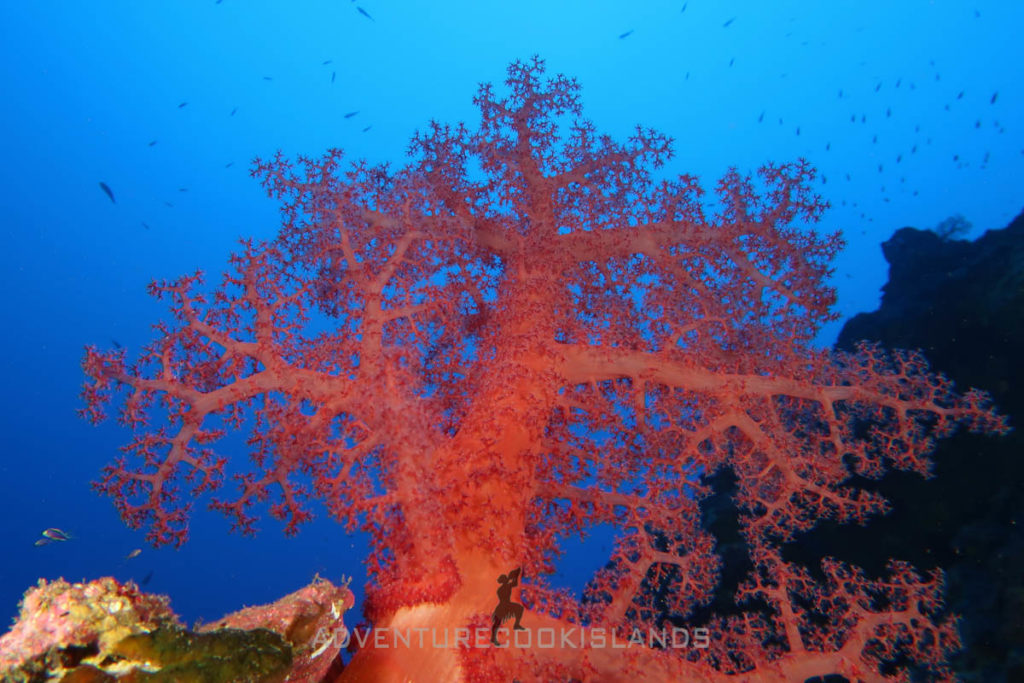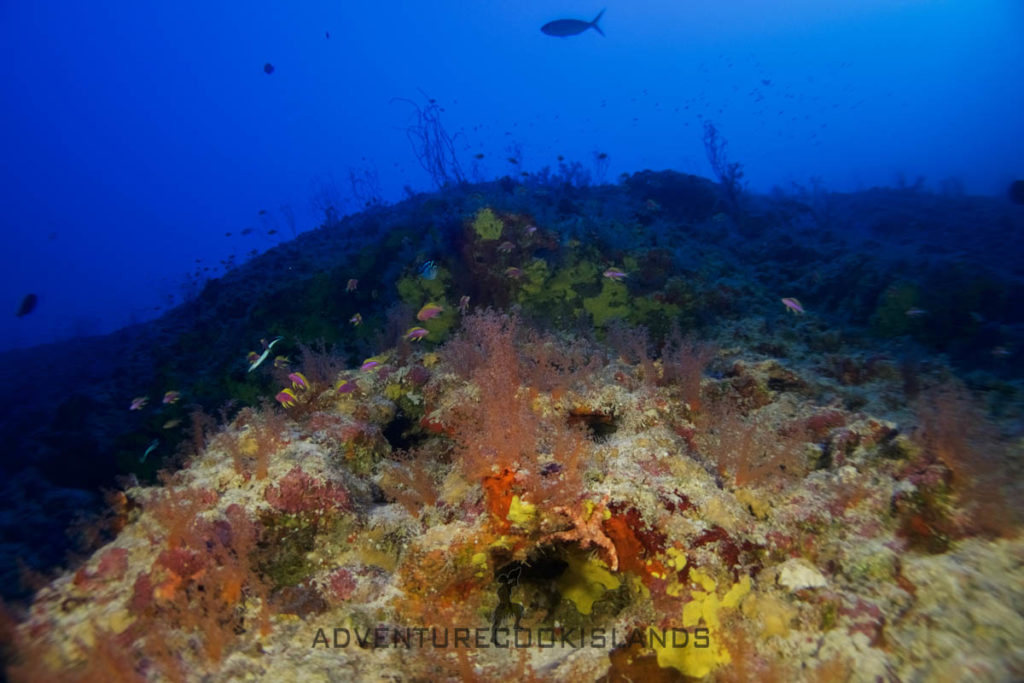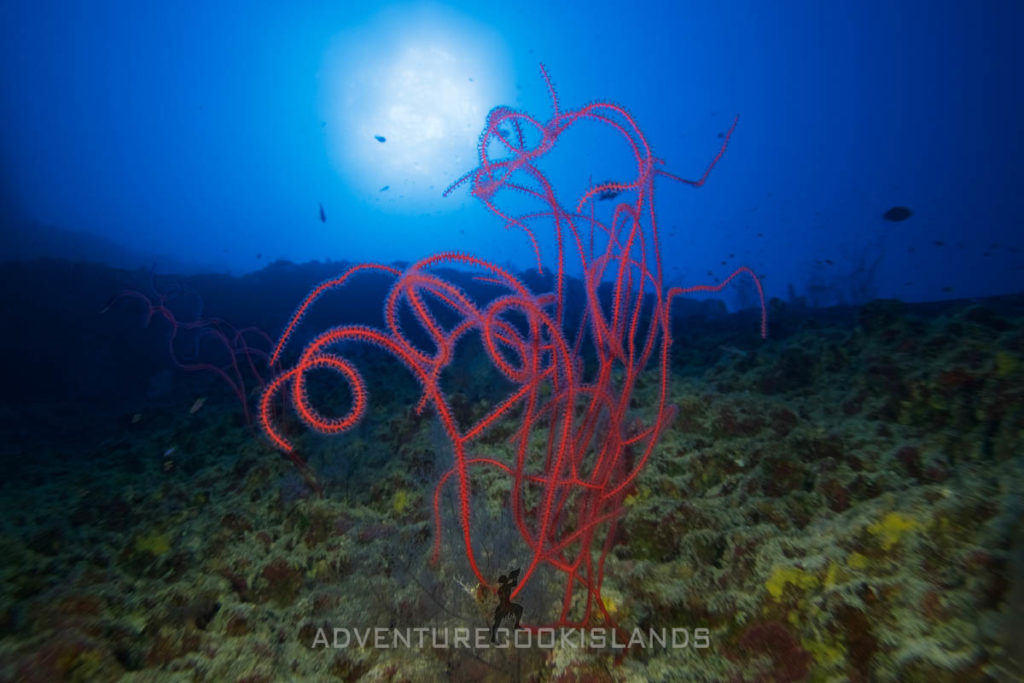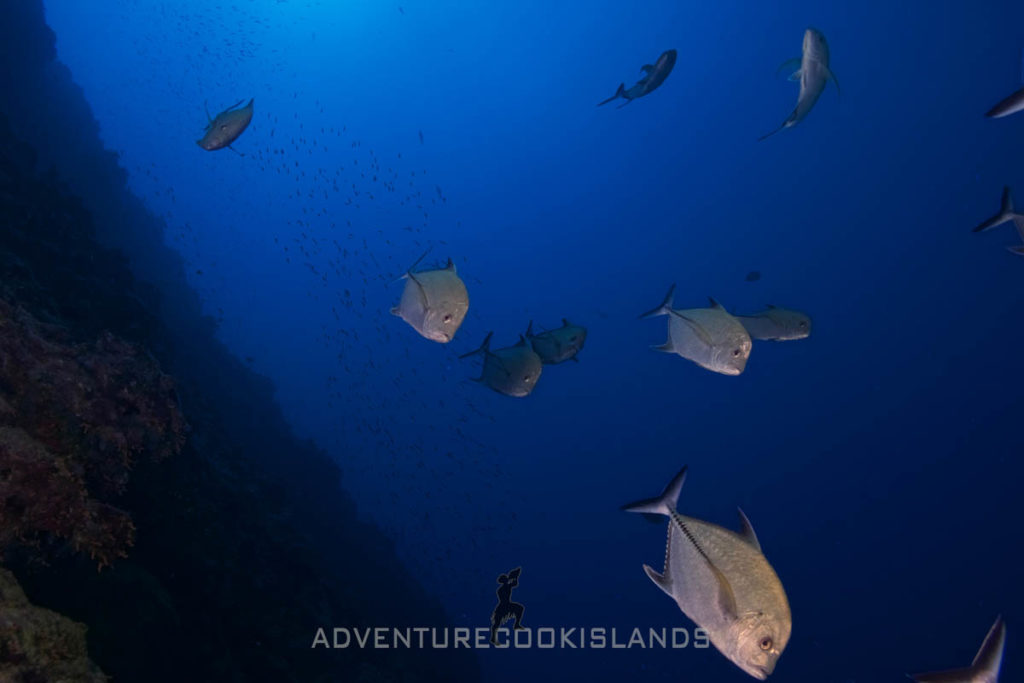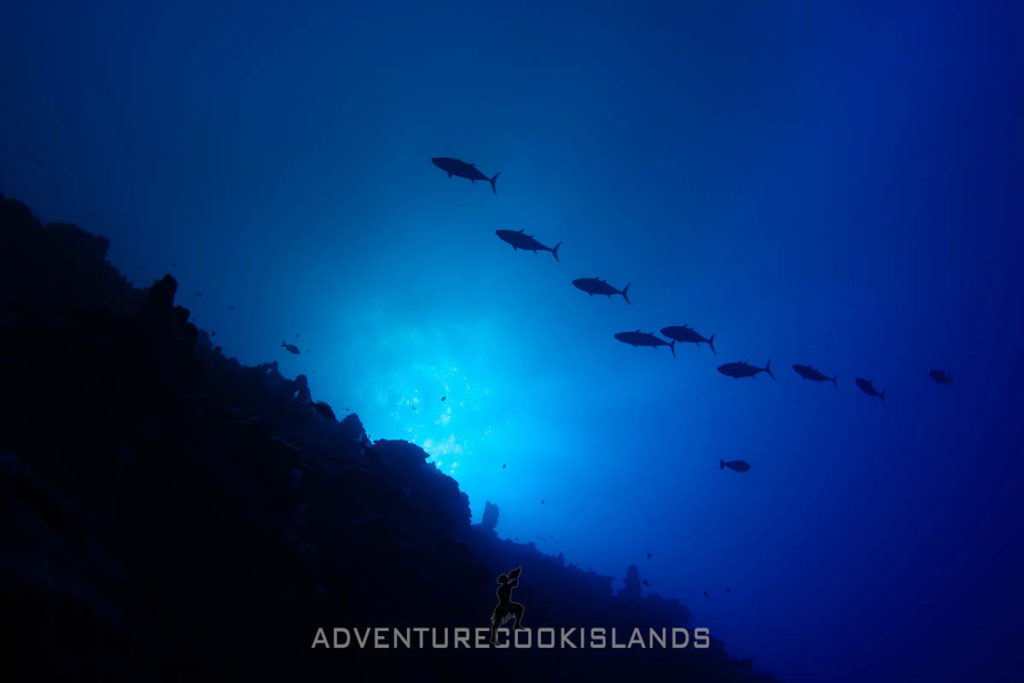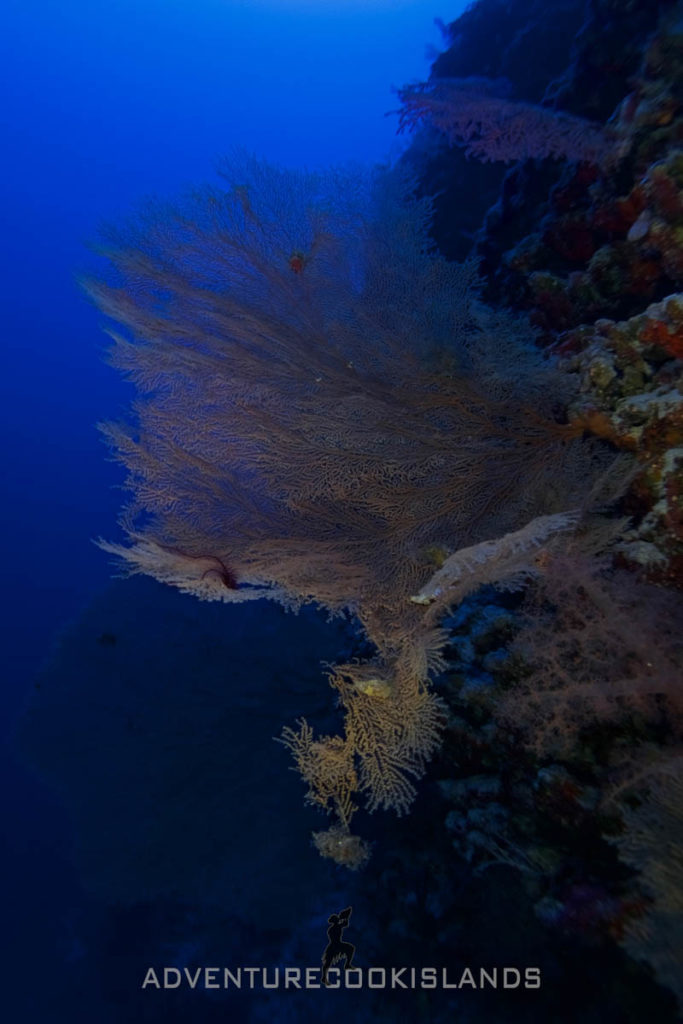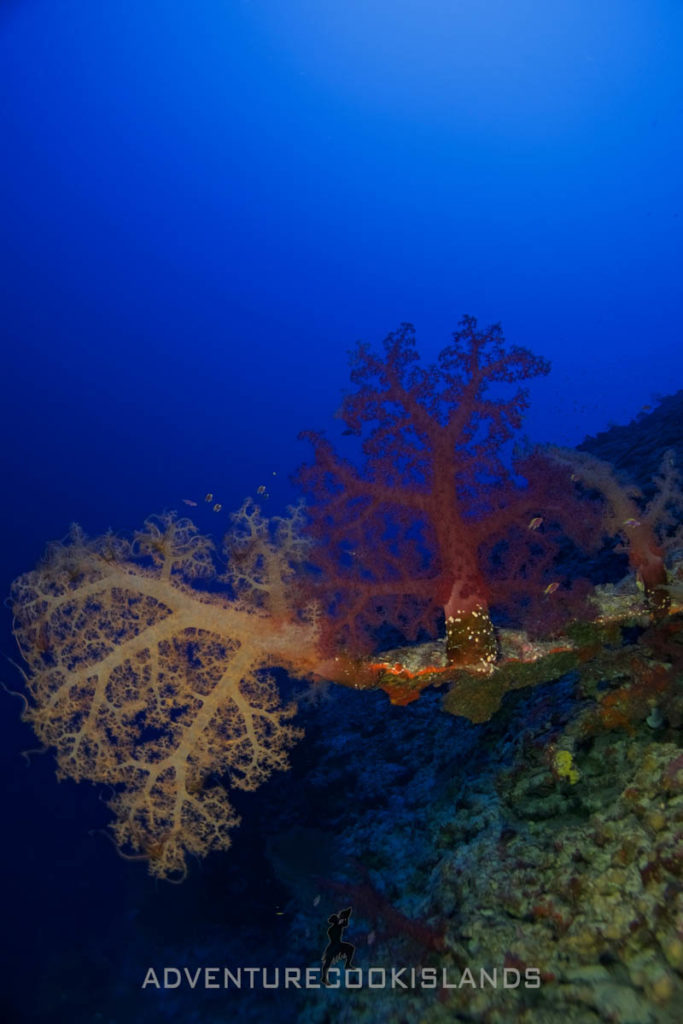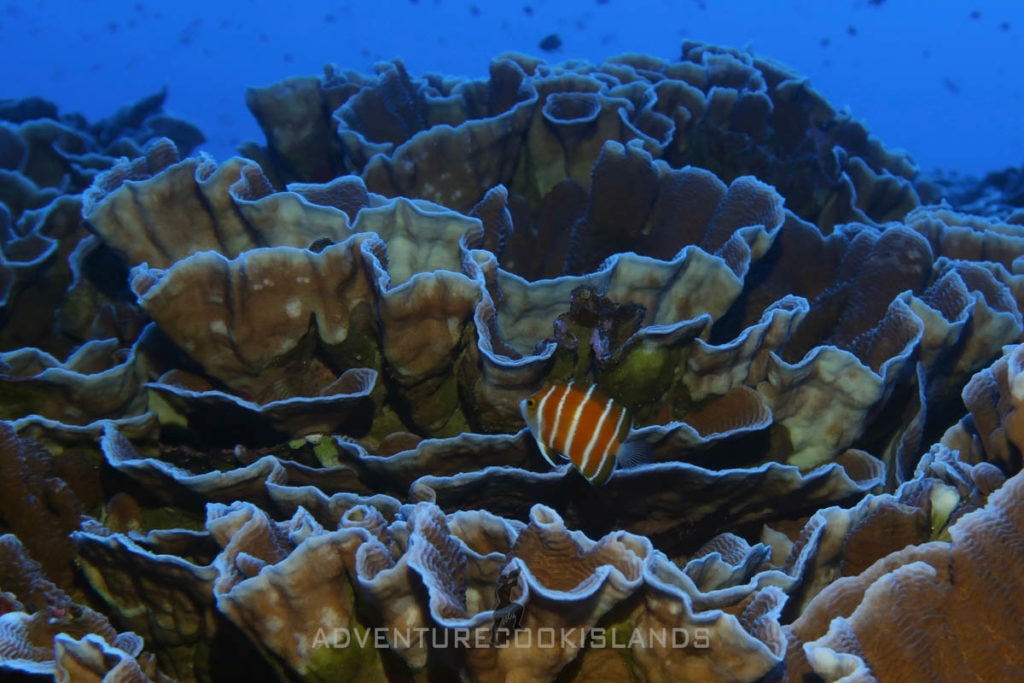When you tell someone that you own and run a dive centre on a tropical island, most people think that you hardly do any real work and that everything you do is just fun. Don’t get me wrong, operating a dive centre on a tropical island is a lot of fun and I wouldn’t want to change it for any other job in the world. After all, diving has always been my passion. Yes, you have your days, but so does everybody else. However, the perception of not having to work hard is definitely wrong!
Multifaceted tasks
Running a dive centre, as any business, is a lot of work. Additionally, when living on a small island, there are only limited options when it comes to getting things repaired. Therefore, whenever possible, you tend to do all the repairs and maintenance yourself. For our shop, this does not stop at vehicles, the boat and dive equipment. We also hire out scooters, bicycles and kayaks and they all need their fair share of tender, love and care.
Once you get home from work, your days are not finished. You continue to spend hours on the computer. The evenings are the time to answer any emails you have missed during the day, place orders, work on the website, read repair manuals or watch repair videos on YouTube to fix some piece of equipment.
I do not like it when things break or go wrong, but overall I enjoy all aspects of the job. As I enjoy the work and spend an awful lot of time on it, you could say it is my profession turned into passion.
In search for a hobby
A few years back now, my girlfriend asked me if I had any resolution for New Years’. As I had none, she said that she wished that I would find a hobby so I don’t spend all my time on work.
After some brainstorming and dismissing some ludicrous and absurd ideas, I knew what I wanted; I wanted to get into rebreather diving. So there it was, settled. The following year I did my first training course on my newly acquired CCR and never looked back. The costs for travel expenses, training and equipment were quite staggering, but as it was (somehow) suggested by the love of my life, I never felt bad about it!
It turned out that I loved diving on the rebreather: gliding through the water without feeling the change in buoyancy when I breathe. The bubble free silence. It lets me get right up close to marine life, just like freediving. For underwater photography, this is a fantastic tool.
Integrating the new passion into work
As I own and run a dive centre, the natural step was to integrate my new passion into my profession. Apart from diving with the rebreather on days off, I used it as much as I could when guiding experienced divers. When you dive every day, it is easy to clock up hours. After hundreds of hours, the natural next step was more training.
Today, Adventure Cook Islands not only offers recreational diving, but also technical diving and rebreather training.
Exploring the deep drop-offs
The best thing about the New Years’ resolution some years back was that we also started to explore the deeper areas of Rarotonga’s drop-offs. This led us to cater for experienced mixed gas rebreather divers.
The sea floor around the volcanic island of Rarotonga is between 2000 and 4000 metres deep. As no other dive centre here offers any type of technical diving, pretty much nobody really knew what was down there. Apart for a few scientists and fish enthusiasts that have done deep dives on isolated spots over the years, no one has really explored all the deep sites around the island.
Conducting deep dives on open circuit is just not a viable option here. We are in the middle of nowhere and everything needs to be shipped in. Helium is expensive enough in any country, but when you have to ship it in, the costs just get ridiculous. Having the helium recirculating in the loop is the only way to keep gas costs within an acceptable budget. By using rebreathers, mixed gas dives have become affordable in Rarotonga.
Let me take you on a dive
After a short swim from the anchor in about 16 metres you reach the drop-off. Your senses sharpen, you are totally focused on your dive. As you follow the drop off down, the slope gets steeper and steeper, the deeper you go. In 33 metres, a giant moray peeks curiously out from its hole. At 45 metres a whitetip reefshark is resting on a sandy patch. Being silent and bubble free, you get right up close without perturbing the shark.
Once you descend past 60 metres, drop-off slopes turn into vertical walls, with only the abyss below. As you dive down the drop-offs cliff you take in it’s enormity; the water is extremely clear.
Peeking back, you see a school of black trevalleys, curiously checking you out. You glance up and spot a small school of tunas, swimming away into the blue void. As your torch light hits the wall, you see brightly coloured soft corals growing next to massive gorgonian sea fans.
Recreational divers really appreciate Rarotonga’s stunning, healthy hard coral formations. However, Rarotonga is not famous for their soft corals. In fact, apart from some smaller, less striking soft corals, you won’t really see any colourful soft corals. Unless you go deep.
Rarotonga’s deep treasures
Amidst the beautifully coloured corals you can find the true treasures of this stunning world, often shyly peeking out from cracks in the walls. Rarotonga’s deep drop-offs are home to some of the rarest tropical reef fish in the world. Amongst others, the peppermint angelfish is probably the best known. This little beauty is only 7 cm long but so rare that some fish enthusiasts are willing to travel to Rarotonga from the other side of the world only to see this fish.
I love living on Rarotonga and I consider the island my home. Exploring the islands’ deep drop-offs has become my passion. It is extremely rewarding, as you never know what you may see. Being able to show these beautiful sites to fellow divers is a privilege.



